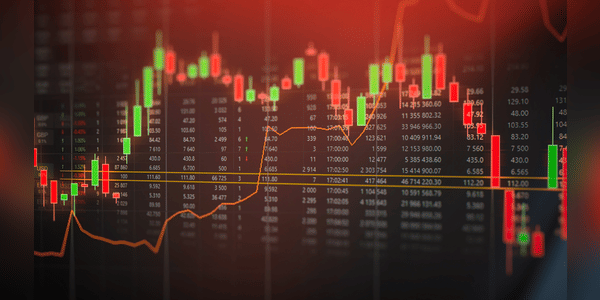The age-old battle - growth and speculative investments that can bring you great wealth quickly, or long-term sensible investments that will bring you wealth more slowly but with a much greater likelihood of doing so? The numbers show that there is probably only one right way.

Dividend or growth investments?
I'll say straight out that, although it may sound like it from the introduction, the question of whether it's better to invest in dividend or growth stocks has no clear-cut answer and depends on each investor's investment goals and preferences.
Dividend stocks are stocks of issuers that pay out a portion of their profits to shareholders in the form of dividends. These stocks are often considered stable and less risky because dividend payments can provide the investor with a regular income. Dividend stocks are often found in traditional and stable industries such as energy, telecommunications and food processing.
Growth stocks…